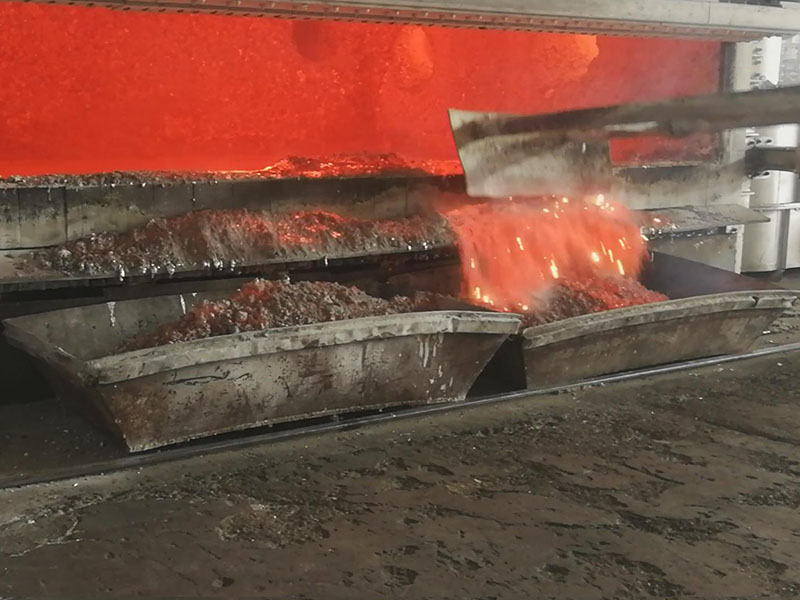
15 6月 Granulated Flux
Granulated Flux is a new type of synthetic smokeless and environmentally friendly composite flux.
Granulated Flux is a granular flux. It is prepared by mixing various inorganic salts in a certain proportion after drying treatment. It is mainly used to remove hydrogen and floating oxidized slag inside aluminum liquid.
Function: The particle refining agent is mainly used to remove the hydrogen in the aluminum liquid and floating oxidized slag, so that the aluminum liquid is more pure, and also has the role of the slag cleaning agent.
Features: Part of the components in the granular refining agent are easily decomposed at high temperature, the generated gas is easy to react with hydrogen, and has strong adsorption force with the slag, and quickly escapes from the melt. Other components also have the function of slag cleaning agent.
Scope of application: Applicable to commonly used aluminum alloys (alloys with high magnesium content and aluminum-magnesium alloys cannot be used), and pure aluminum smelting, degassing refining and slag removal.
Usage: Sprinkle the granular refining agent on the liquid surface, quickly press it into the aluminum liquid, fully stir it and let it stand, slag slag; for example, with the help of a spray machine, use an inert gas to spray the refining agent into the aluminum liquid.
Dosage: The general dosage is about 0.3% of the weight of the aluminum liquid, depending on the purity of the aluminum liquid.
Packaging: Corrugated carton packaging, 20 or 25 kg per carton, 2.5 kg per sachet. Can also be packaged according to user requirements.
Storage: dry storage, if you get wet, you can continue to use after drying

Granulated Flux is the main method of removing oxide assimilation. The main methods are electric flux method, filtration method and succinct agent method.
Rare earth halides, fluorides, are relatively unchanged, and are difficult to dissolve in water. They can be placed in the air, and chlorides and other easily absorbing moisture are soluble in water.
It can be seen from the table that in addition to individual reflection generation, all other reflections are primarily producing alloy refining agent alumina.
However, the filtration method is subject to inevitable limits due to the high price of the multi-subceramic filter used and the easy clogging during use.
In the smelting process of aluminum alloys, harmful impurities such as eucalyptus calcium are generally introduced through the process of intervening in crystalline silicon and other furnace materials.
Calcium carbonate breaking force mg/g25× consumption of calcium acetate solution.
If a small amount of cryolite is inserted in the matrix flux or because the cryolite has a strong ability to ablate, the profile tension of the refining agent can be properly increased. The refining agent that adsorbs the adsorbed oxide can easily break up with the melt.
Because this product can make the pre-processing completed under the premise of low temperature, it is possible to damage and reduce the processed fabric better than the popular high-temperature Granulated Flux.


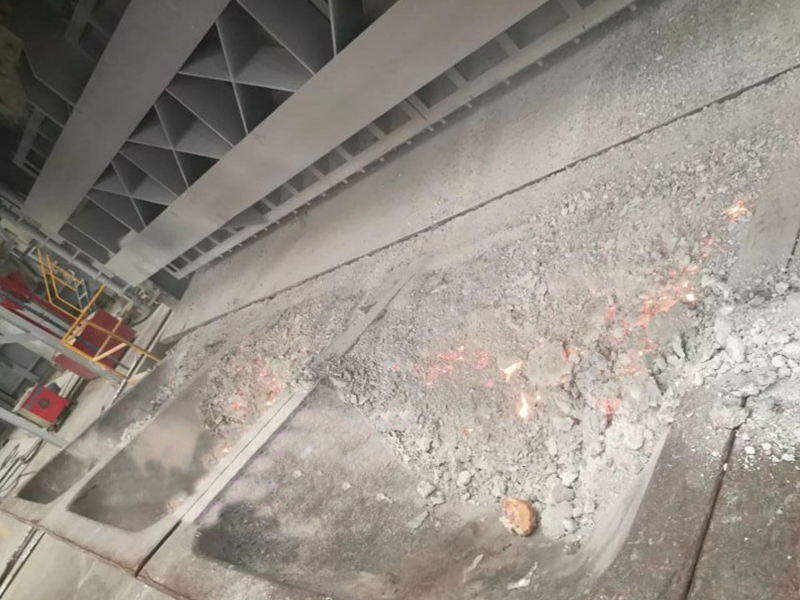
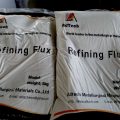


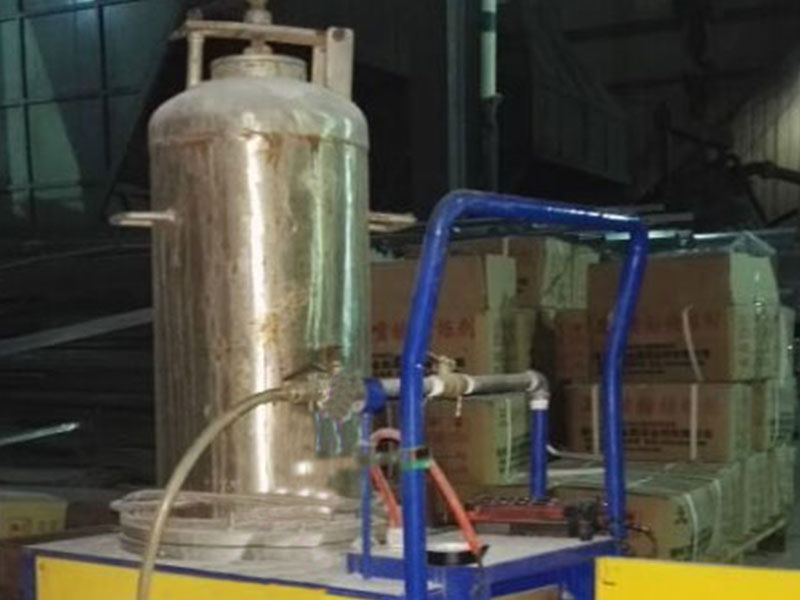
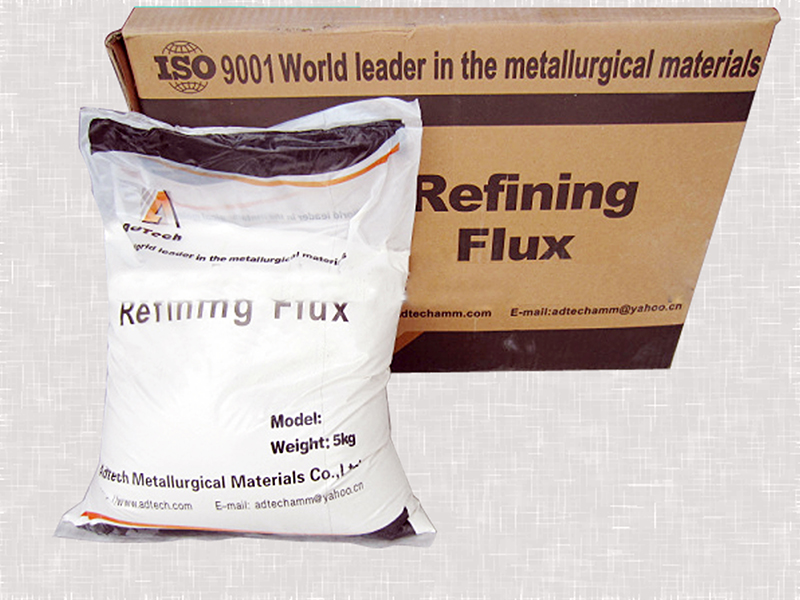

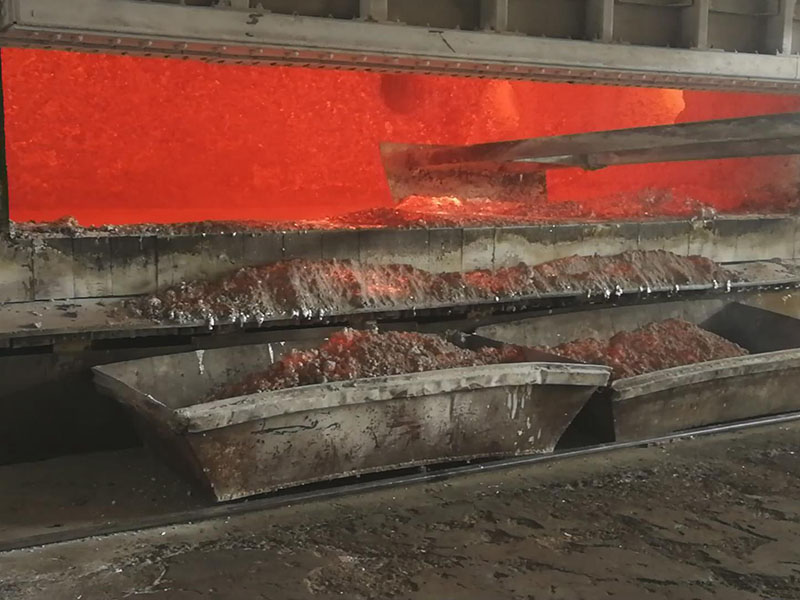
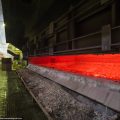
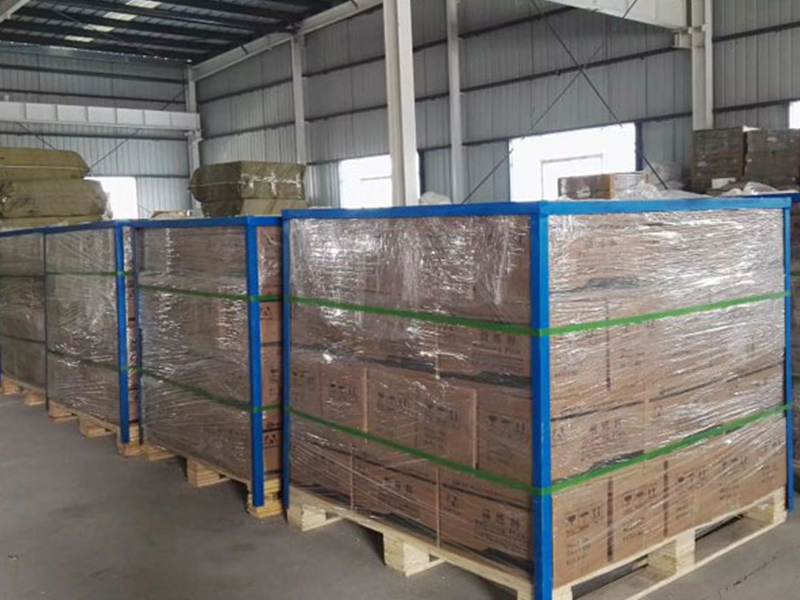

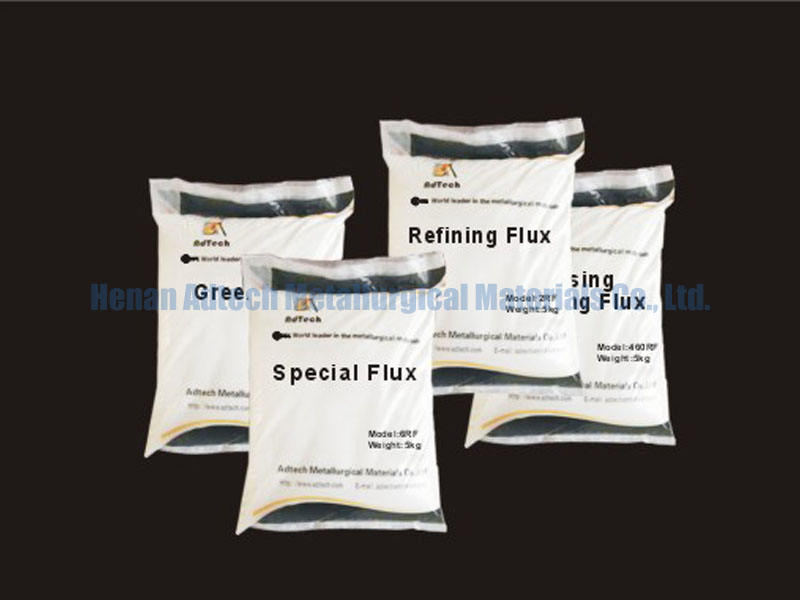
Sorry, the comment form is closed at this time.